Kenya Unveils Comprehensive National Strategic Plan for Tuberculosis, Leprosy, and Lung Health 2023/24-2027/28
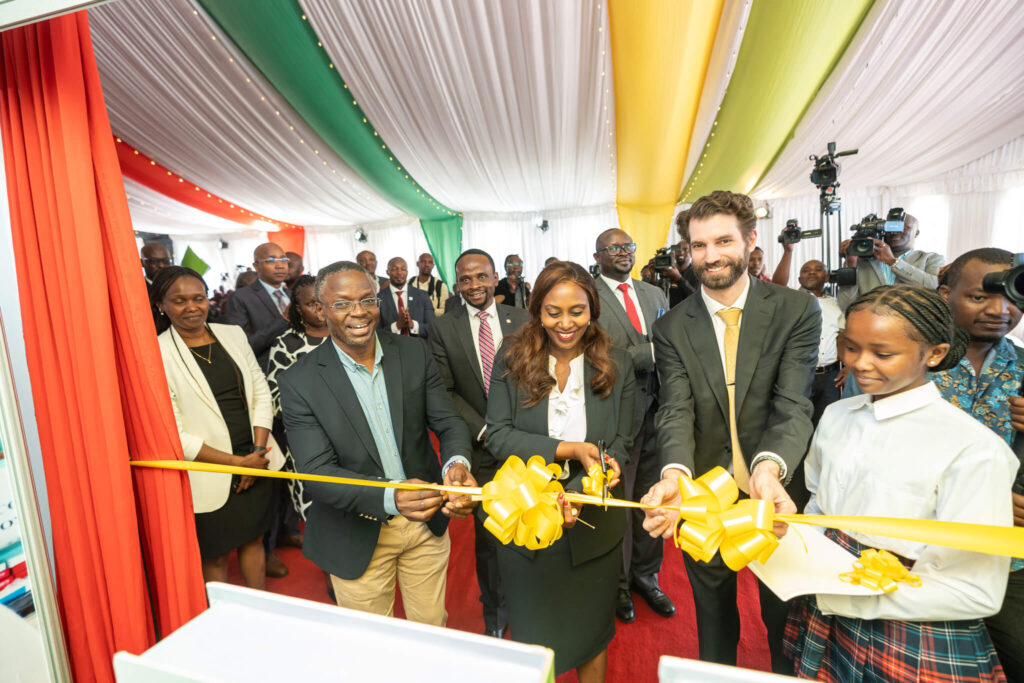
In a significant move to address the rising challenges posed by Tuberculosis (TB) and Leprosy, the Ministry of Health, through the National Tuberculosis Leprosy and Lung Disease Program, has launched the National Strategic Plan (NSP) for Tuberculosis, Leprosy, and Lung Health 2023/24-2027/28.
The NSP, anchored on six key pillars, aims to optimize patient-centric TB interventions, adopt new technologies, leverage universal health coverage (UHC) and community systems, tailor interventions to sub-national epidemics, focus on communities, human rights, and gender, and foster multi-sectoral engagement for effective TB control.
Principal Secretary of the State Department for Public Health and Professional Standards, Mary Muthoni Muriuki, highlighted the NSP’s role as a guiding document for TB program managers, partners, stakeholders, and donors.
“The plan provides a clear roadmap towards achieving key strategic objectives and approaches, aligning with the global goal to end TB by 2030,” she noted.
Among its priorities, the NSP emphasizes actively screening contacts of TB patients, especially children and individuals living with HIV, and healthcare workers. The plan envisions a substantial increase in TB preventive treatment coverage, from 32 percent in 2021 to 80 percent by 2028, targeting over 681,000 at-risk individuals.
On drug-resistant TB (DR TB), the NSP aims to increase treatment coverage from 63 percent to 80 percent and multi-drug resistance TB case detection rate from 69 percent to 80 percent by 2028. It also calls for strengthening integrated TB/HIV and other co-morbidities services at sub-national levels.
For leprosy interventions, the plan targets a reduction in multibacillary leprosy cases among new cases from 95 percent to below 25 percent by 2028.
Despite a commendable increase in case detection rates, PS Muthoni acknowledged misdiagnosis as a challenge in achieving the TB elimination goal. In 2022, Kenya reported 90,851 TB cases, including 756 drug-resistant cases.
Dr. Abdourahmane Diallo, WHO Country Representative, commended Kenya’s progress, noting a 38 percent reduction in TB incidence and a 54 percent reduction in TB deaths compared to the baseline year of 2015.
The launch also featured the unveiling of advancements in pediatric TB diagnostic algorithms, the pediatric TB shorter-term treatment regimen, the National TB Laboratory Operational Plan, and the National Quality Management Framework for TB diagnostic laboratories.
Speaking during the event, USAID HPN’s Director John Kuehnle highlighted the importance of the NSP in eliminating TB, building on improved case detection and treatment outcomes. Stop TB Partnership Kenya representative, Everlyne Kibuchi, praised previous strategic plans for achieving milestones and successful engagement with political leadership.
The NSP, developed through a multisectoral consultative process, aims to build on past achievements, address challenges, and incorporate new developments and evidence to accelerate progress towards ending TB by 2030. It serves as a vital advocacy tool for resource mobilization across sectors, including the private sector, to meet the needs of the people.
The launch underscores the government’s commitment to a comprehensive and coordinated response to combat TB and Leprosy in Kenya. The plan incorporates a people-centered approach, emphasizing inclusivity and community involvement in policy design and implementation.


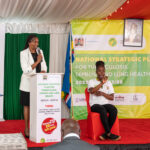
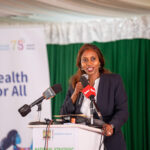
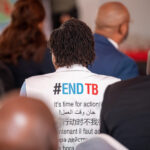



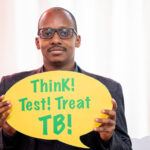

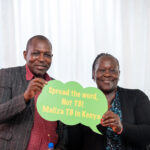


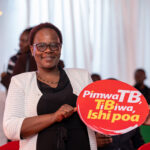




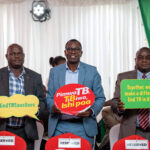
What is the greatest challenge faced by patient with mutldrug resistant Tb
[…] has declined over the past 14 years and deaths are now one-third of what they were in 2010. The government announced in January plans to increase treatment coverage and multi-drug resistance TB detection […]